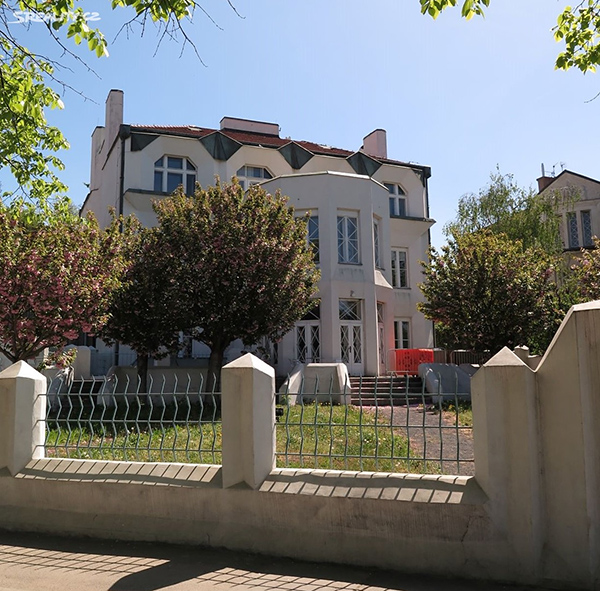
The Cubist Kovařovic Villa under Vyšehrad is for sale
 |
The villa currently houses offices, said Katarína Karmažinová from the company facilitating the sale of the villa, to ČTK. According to her, the villa was built as a representative residence and was first renovated in 1944. Since the 1960s, it has been home to a kindergarten. The last renovation took place in the 1990s, and it has housed offices since then. The new owner can convert the offices into other spaces, she added. The house is accompanied by a garden covering an area of 300 m², which also features elements of Cubism.
According to Holasová from NPÚ, the Kovařovic Villa is certainly a rare building. "Czech Cubism was not a massively used style like its related styles such as rondocubism or national style or functionalism, but in the Czech lands, thanks to architects Janák, Gočár, and Chochol, it really flourished," stated Holasová. The area under Vyšehrad is renowned for its Cubist houses. However, according to her, heritage protectors have "no say" in the sale of the villa. "That is not within our jurisdiction. We won’t even find out that the object is for sale. It is not an obligation…. We are not interested in who owns it, but whether it meets the requirements of the heritage protection law," Holasová told ČTK.
Czech architectural Cubism is the only architectural movement that originated in the Czech lands. Its most significant period is from 1911 to 1914. Prominent figures of Cubism included not only Josef Chochol but also Pavel Janák and Josef Gočár. Since 1909, Prague has become the second center of European Cubist art, immediately following Paris. Not only Prague sculptors and painters responded to the influences of Parisian Cubists, but also architects, design and furniture designers, stage designers, poets, and writers. Prague, which at that time was an important spiritual and artistic center of Europe, transformed these influences into a unique architectural style.
Czech architectural Cubism is now of interest to experts and laypeople around the world. It represents a chapter in the development of 20th-century modern architecture. The foundational postulate was established in 1911 by prominent Czech architect Pavel Janák (1882 to 1956), who critically responded to the rational creation in the modern style of Jan Kotěra at the time. Although Cubism did not prevail in architecture, several buildings were constructed. These include Gočár's House at the Black Madonna and Škodův Palace by architect Janák; Cubist modifications are also evident at Ďáblický Cemetery.
Bedřich Kovařovic (1857-1940) studied engineering construction at the Czech Technical University in Prague, according to the Encyclopedia of Architects and Builders Libri 2004, and received his building license in 1896. In addition to his family house, he built a neo-Renaissance apartment building on the present-day Na Libušince Street in 1897. Historical sources vary in the spelling of his surname; it can also be found as Kovařovič.
The English translation is powered by AI tool. Switch to Czech to view the original text source.
0 comments
add comment











